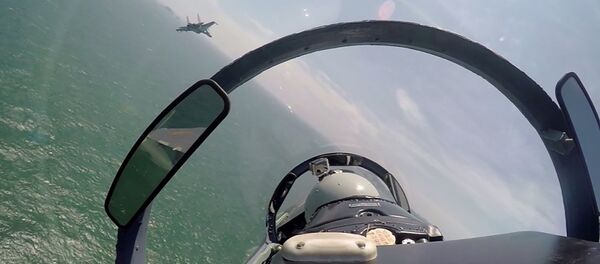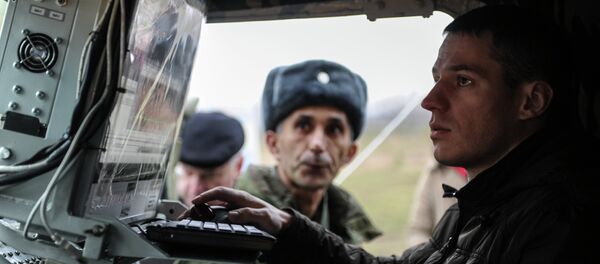On August 11, the US Army announced the creation of the Army Rapid Capabilities Office to prevent “capability gaps” that have formed within the American military in recent years.
Doug Wiltsie, a director of the Rapid Capabilities Office, at the time said that it will focus on “urgent, immediate or emerging threats” defined by the commanders on the ground. Army Secretary Eric Fanning obscurely remarked that the new establishment will work on new capabilities development rather than on creating new equipment.
According to Defense One citing a military analyst, many military authorities have been shocked by the pace of innovations in electronic warfare showcased in Russia’s Syrian campaign, which saw the use of “new waveforms that can disrupt an adversary’s electronics and paint enemy stealth aircraft.”
According to Fanning, “the combination of unmanned aerial systems and offensive cyber and advanced electronic warfare capabilities … provided Russian forces a new degree of sophistication.”
Army Rapid Capabilities Office will use “targeted investments to execute strategic prototyping, concept evaluation and limited equipping — especially in areas where technology progresses rapidly,” Katrina McFarland, the Army acquisition executive said.
Steven Pifer, a former U.S. ambassador to Ukraine, observed that the establishment of such an office would mean that the US has shifted its focus from the Middle East, where it has participated in a row of conflicts, to Europe.
“My guess is … that after 15 years of doing largely counter-insurgency operations in the Middle East, the Army is now taking a look at how it would do large force-on-force conflict in a place like Europe,” he said.



